African-American Memorabilia
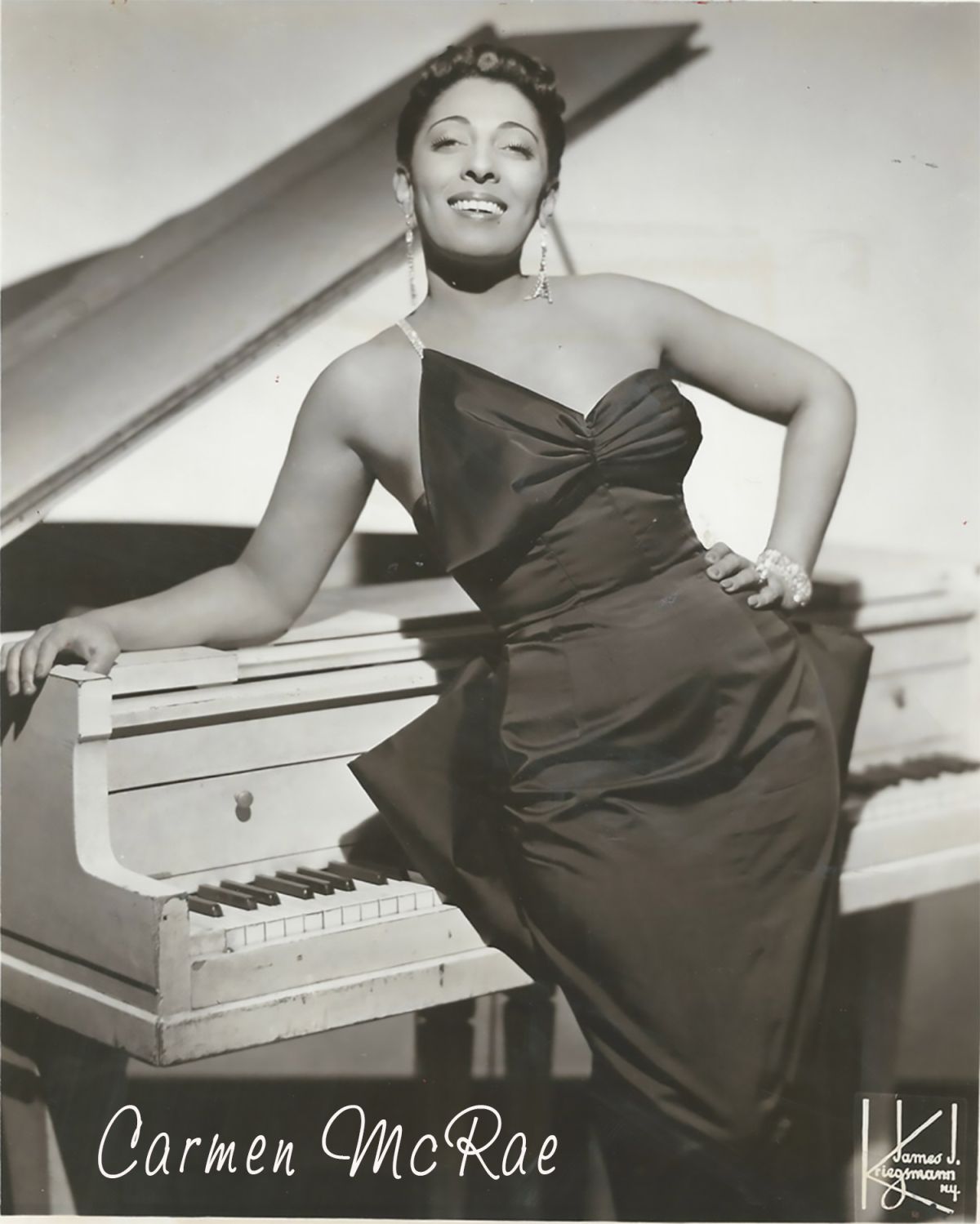
A Taste Of Jazz
BLACK HISTORY MONTH
In celebration of Black History Month, WalterFilm is pleased to provide this profile on the seminal contribution African Americans made in the birth and evolution of Jazz.
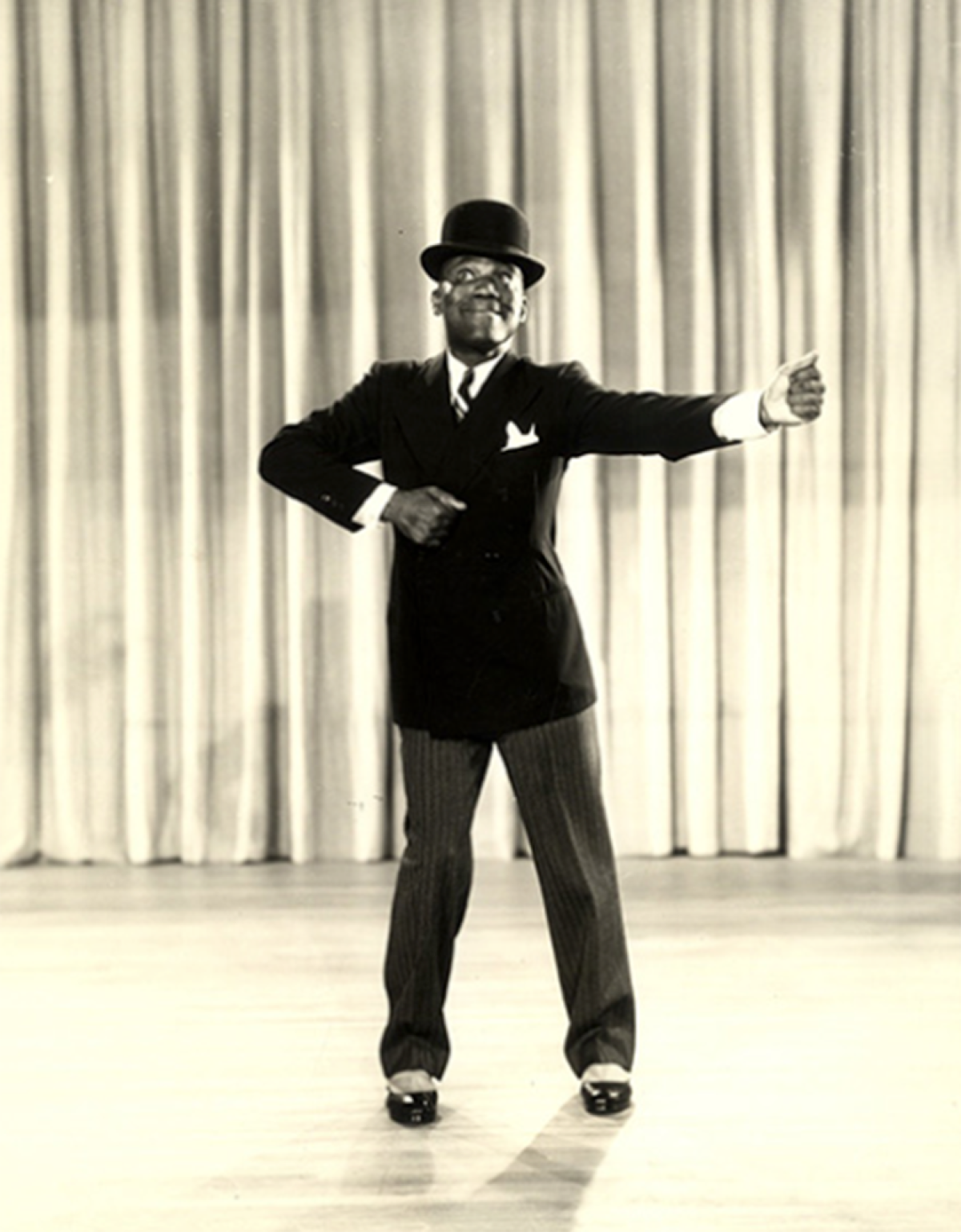
Bojangles Robinson, The Toe-Tapping Wonder
Bill “Bojangles” Robinson (born Luther Robinson; May 25, 1878 – November 25, 1949), was an American tap dancer, actor, and singer, the best known and the most highly paid black entertainer in the United States during the first half of the 20th century.
His long career began…
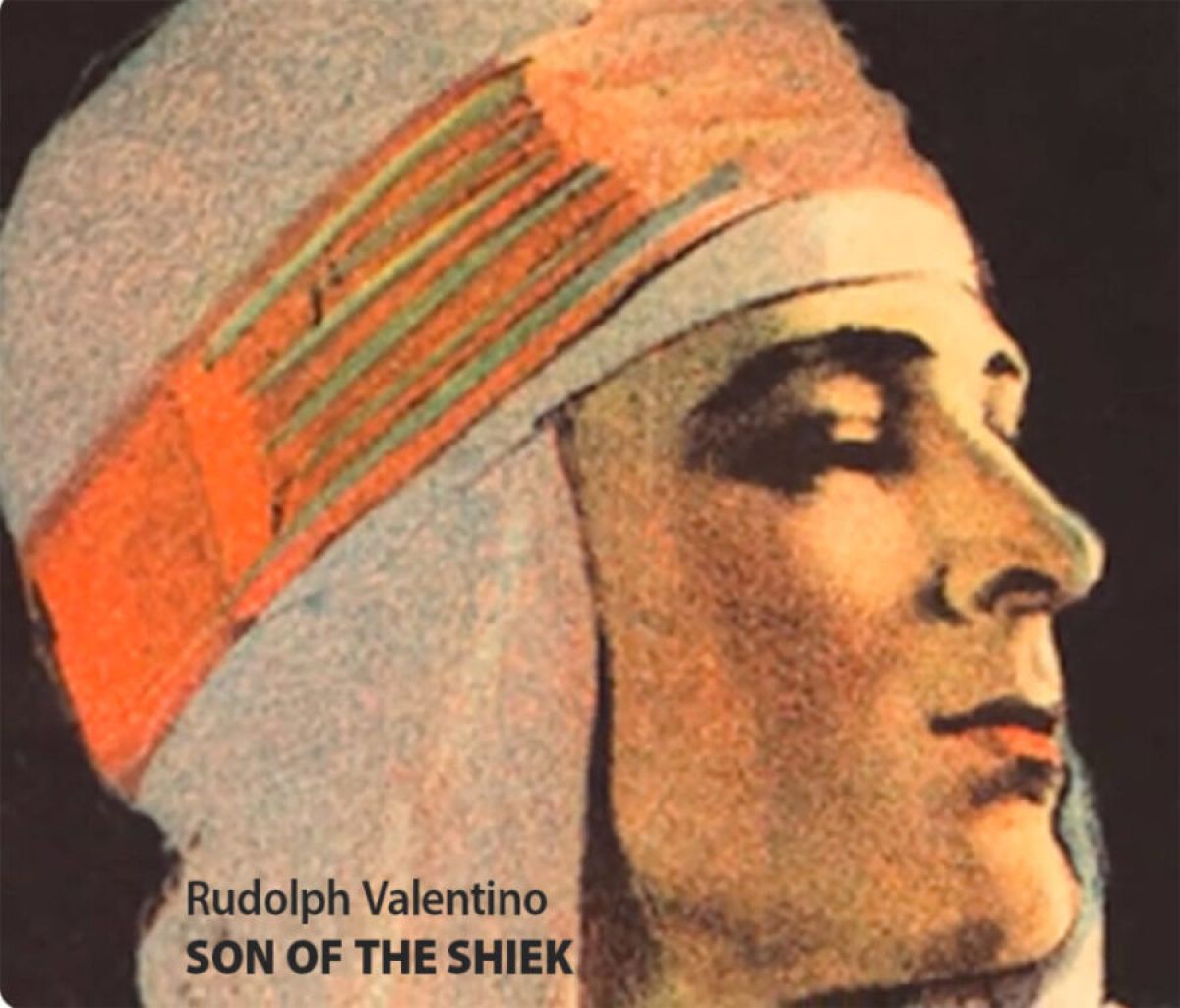
The Essence of WalterFilm.com
| Film & Movie Star Photographs, Film Noir, Film Scripts, Hollywood History, Movie Memorabilia, Movie Posters, Vintage Original Movie Scripts & Books, Vintage Original Publicity Photographs, Vintage Original Studio Photographs
WalterFilm.com was never meant to be a large website, it was intended to be an exclusive boutique featuring some of the greatest objects Walter Reuben could find. A website that would appeal to him as a collector of “movie memorabilia” – reflecting his own personal tastes and interests.
H…
2023 63rd ANNUAL NEW YORK INTERNATIONAL ANTIQUARIAN BOOK FAIR
Welcome to all our clients and friends.
From April 27th-30th, Walter Reuben Inc. can be found in Booth B22 at the 63rd Annual New York International Antiquarian Book Fair, located in Manhattan at the legendary Park Avenue Armory, 643 Park Avenue (between 66th and 67th Street.
Our Book Fa…
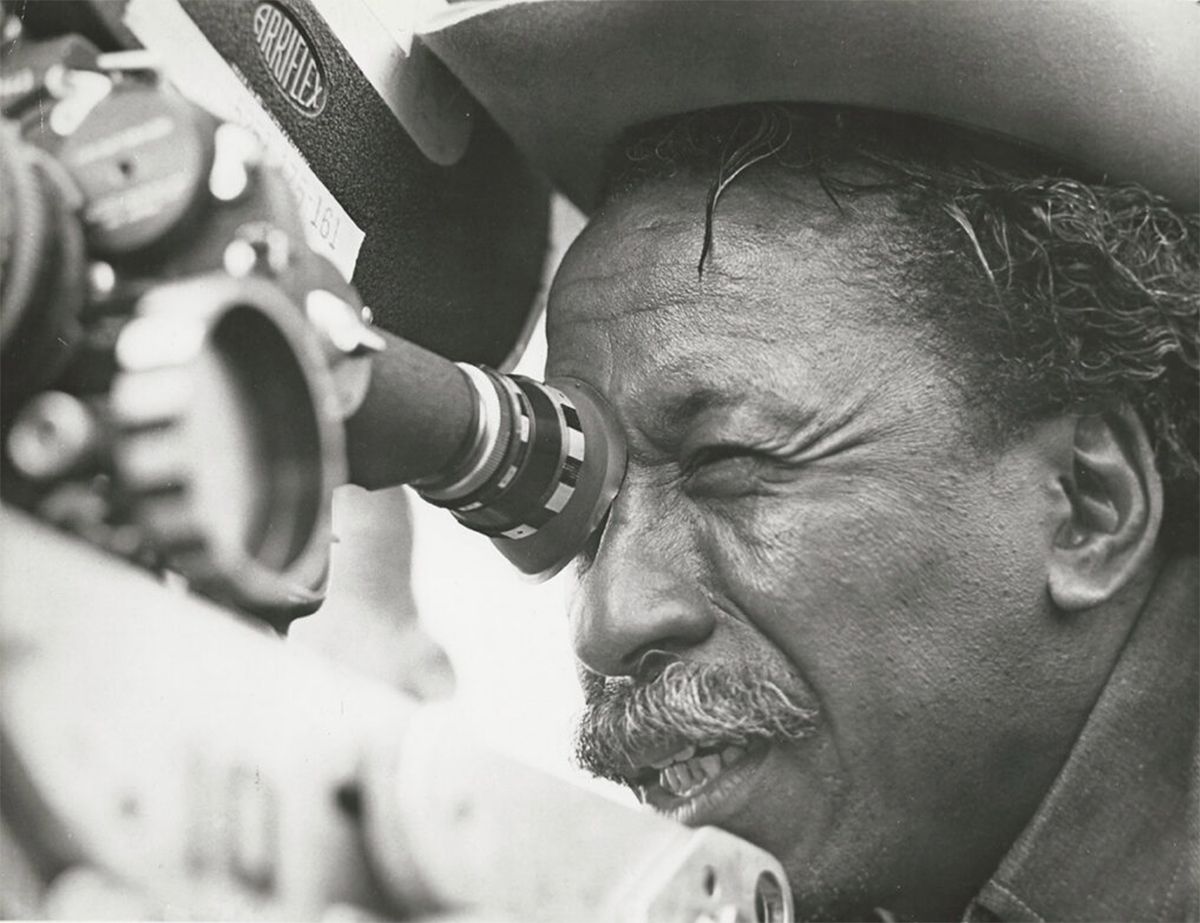
GORDON PARKS – WRITER / DIRECTOR
| African American Movie Memorabilia, African Americana, Black History, Hollywood History, Movie Memorabilia, Vintage Original Studio Photographs
Gordon Parks was a Black American who successfully wore many hats as photographer, composer, author, poet, writer and film director. He became prominent in the U.S. in 1940s through 1970s for documentary photojournalism —particularly with issues of civil rights, poverty and th…
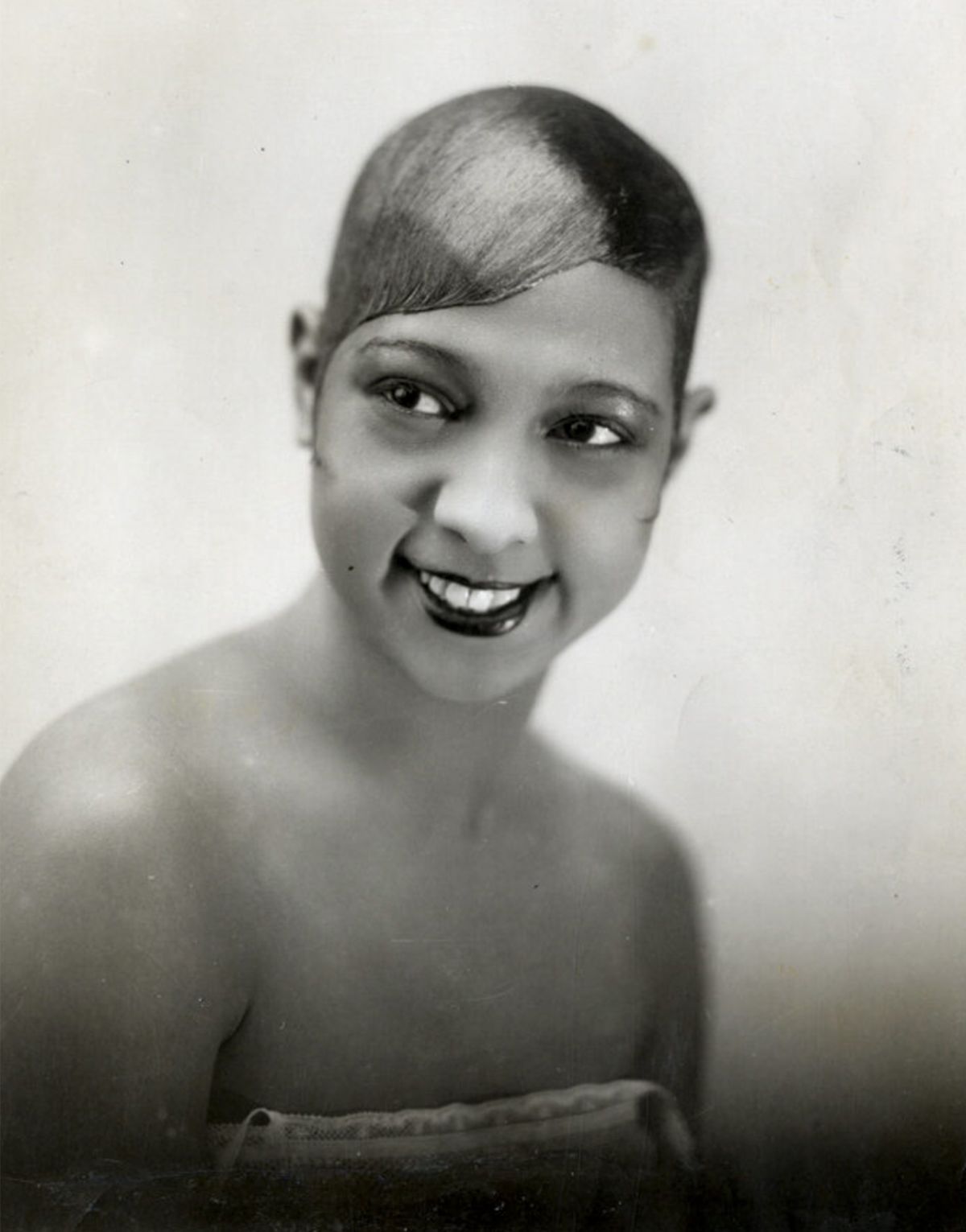
Josephine Baker – An African-American in Paris
THE ABOVE PHOTOGRAPH: Paris: Henri Manuel, (1927). Vintage original 9 1/2 x 7″ (24 x 18 cm.) black-and-white print still photo, France. Photo has on verso a stamp of photographer Henri Manuel and a 1927 date stamp, NEAR FINE.
Joséphine Baker (born Freda Josephine McDonald; naturalized Fre…
